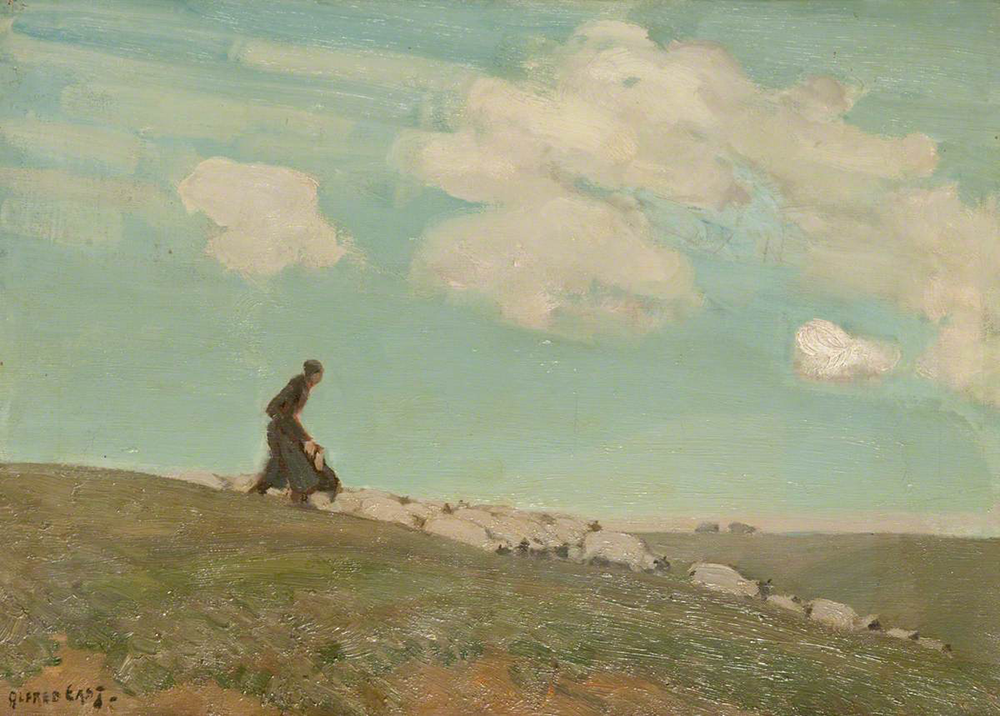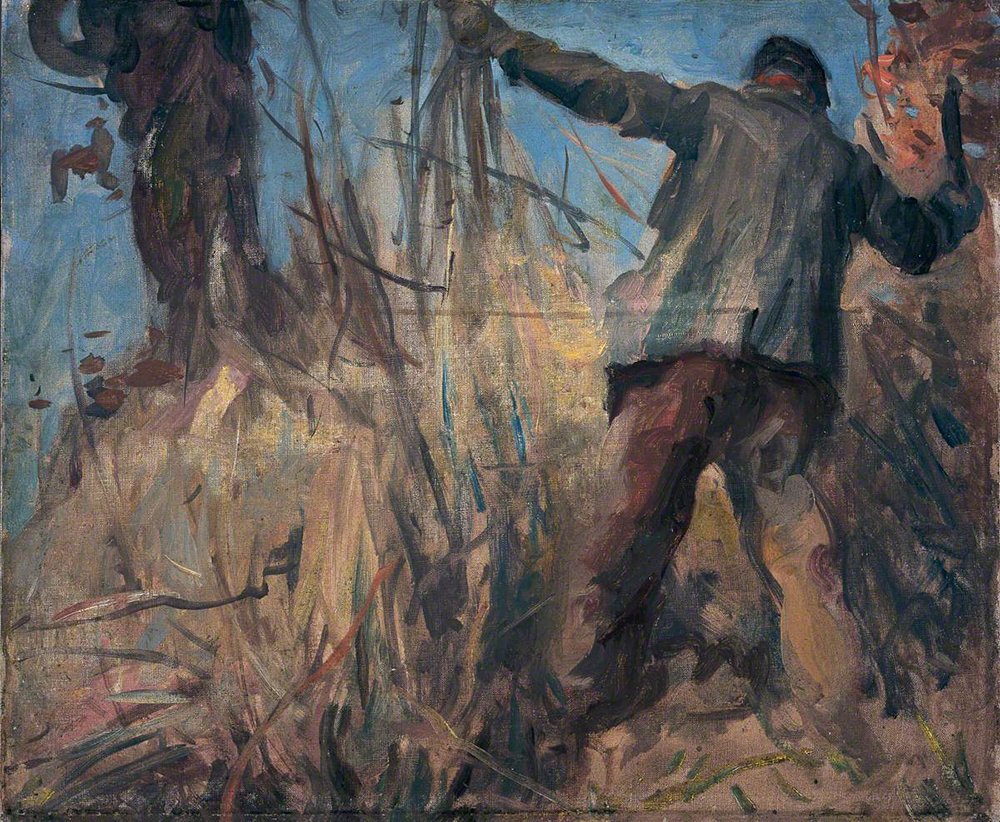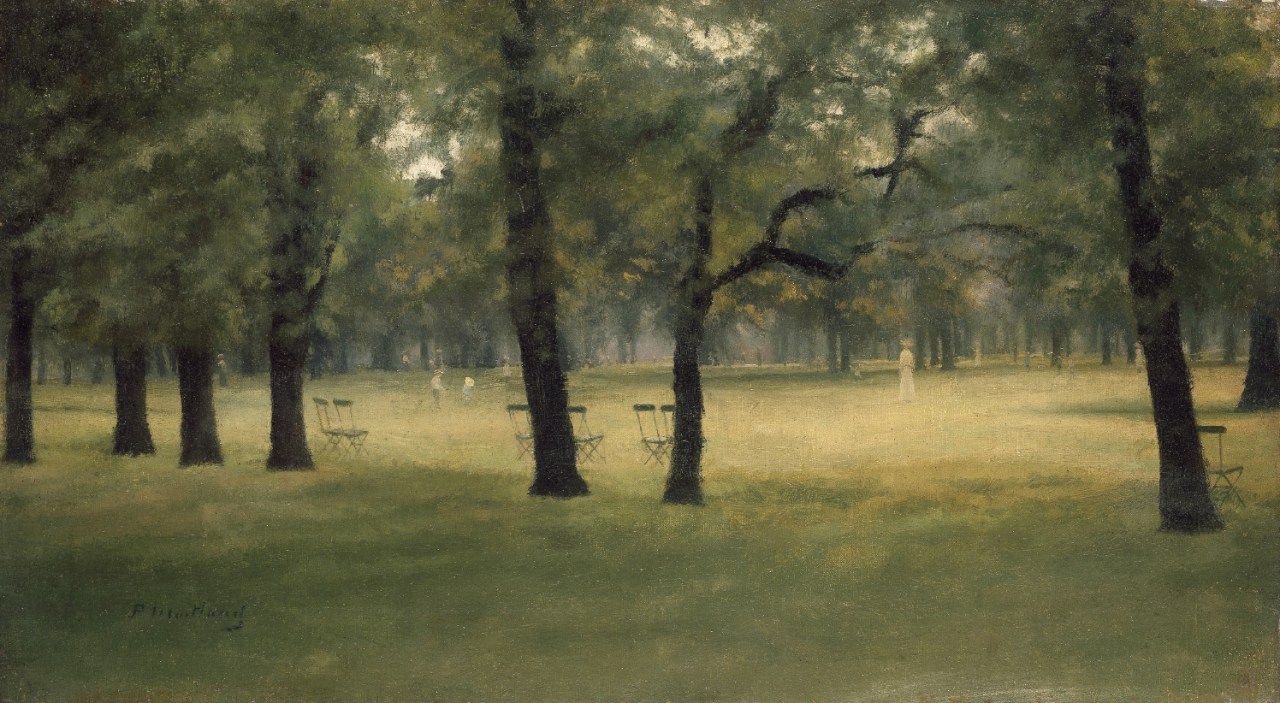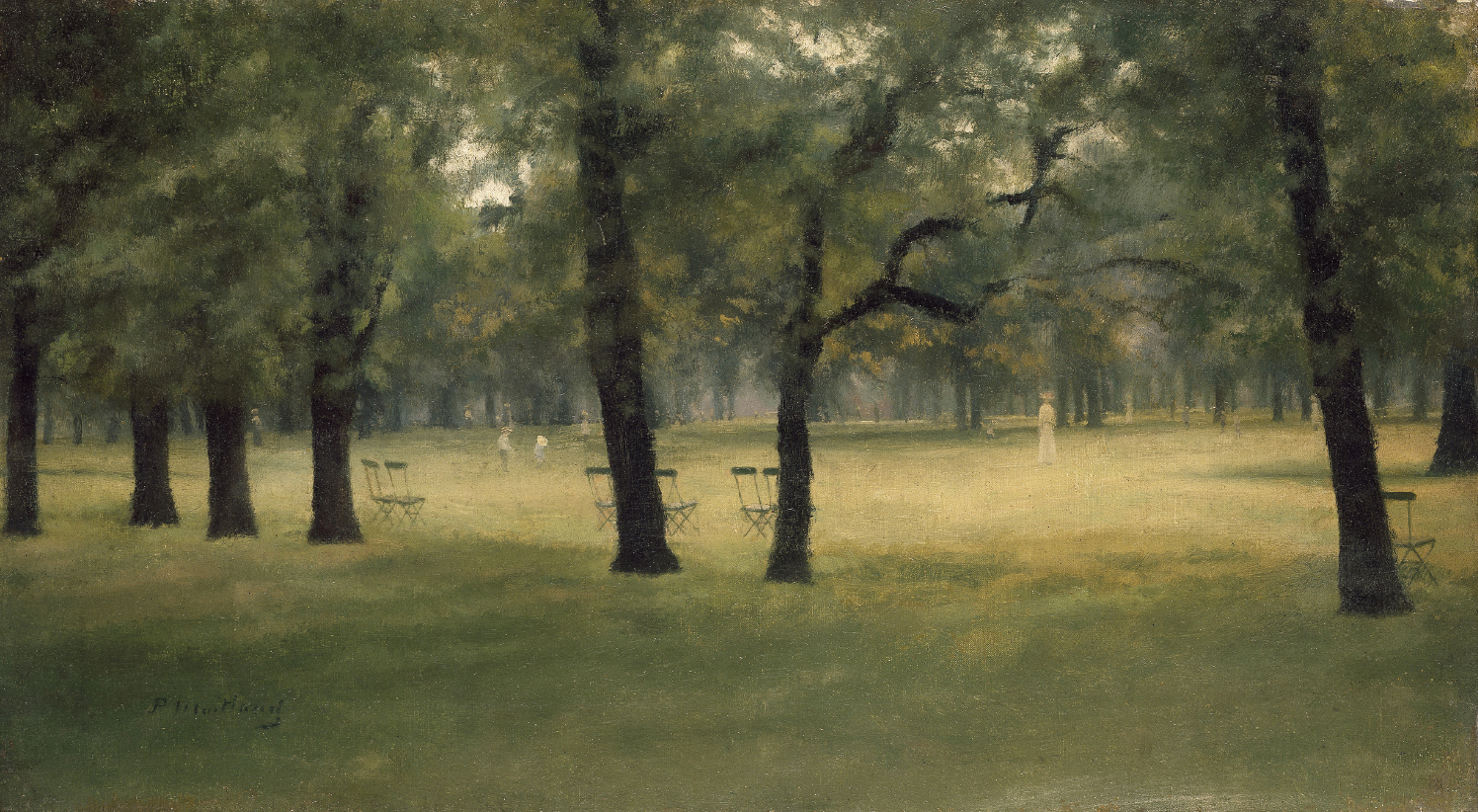
At any one time eighty per cent of the art owned by Britain’s many museums and public art galleries will find itself hidden away in storage. And once it is, it can stay there for years. Yet in these vaults are a wealth of treasures. It’s why I recently launched ‘Everyone’s Art’, which has a simple premise: to get these works out of the storeroom and into community centres, libraries, churches, village halls and schools, so their makers, and what they made, can finally be celebrated.
Consider Henry Bright, a friend of the critic, writer and painter John Ruskin. Ruskin paid for Bright to accompany Turner on many of his sketching expeditions, where he was encouraged to paint what he saw. Bright possessed a boundless talent for rendering, with complete fidelity, the true character of the sea and sky at Yarmouth or on the Norfolk Broads. Despite the bewitching quality of these pictures, exhibitions featuring his work are extremely rare – though a few might be thrown into a show about Turner every now and again.
A whole generation of confident, original, versatile painters – William Mulready, James Ward, John Sell Cotman, as well as Bright – thrived in the shadow of Turner and Constable. There are several reasons for the neglect of artists such as these: lack of space, staff redundancies, the need for shows to make a profit; when a painter slips into oblivion it rarely has much to do with the work they made.
Consider the London painter Paul Maitland. Ask someone to think of the art of the capital and it will be the great names of impressionism that might first come to mind: Monet or Pissarro. But although both knew London, painted it and lived in the city, neither was a Londoner as Maitland was. Maitland studied London. He charted its views through its rivers and parks, many of which were less than a mile from his front door. I first encountered his pictures not in an exhibition, but by looking through the archives in the Ashmolean Museum, Oxford; it is here that I saw the beauty of ‘Kensington Gardens’ (c.1890), a tour de force among his later pictures.
Rummaging through the archives can bring up these surprises. At my local gallery, Christchurch Mansion in Ipswich, aside from the many fine paintings and sketches by Constable and Gainsborough, there are pictures by other artists who repay careful observation. There’s Anna Airy, the first woman officially commissioned as a British war artist in 1918, and Leonard Squirrell, a printmaker and painter who is barely known outside this patch of East Anglia. His ‘Chalk Pit, Noon’ (1921) is a technically very sophisticated act of experimentation: an arrangement in white, beautifully contrasted by the green of grass and the russet red bricks of a wall.
Another artist worthy of greater appreciation is Harry Becker who moved to the Suffolk countryside from London with his wife Georgina and daughter Janet just before the first world war. Becker spent 15 years recording the day-to-day lives of agricultural workers around the small, isolated villages of Wenhaston and Darsham and emerged as one of the most remarkable interpreters of the English countryside. Thirteen of his paintings (mostly in the Ipswich archive) were reproduced in William Beach Thomas’s summer volume The English Year, including ‘A Man Hedging’ and ‘Two Men Clearing Banks’, both of which were painted in 1913.

P.G. Konody, the much-respected art critic and historian, wrote of Becker’s work:
His subjects, of course, are often those of Jean-François Millet, but he is more lyrical in his statement, more optimistic in his outlook. Millet dwells with epic power on the hopelessness of Man’s struggle with the forces of nature. In Mr Becker’s pictures, Man is as much in spiritual and in pictorial harmony with the surrounding nature. He is the conqueror, not the slave.
Beach’s book also featured work by a number of senior Royal Academicians, including Sir Alfred East. A painter knighted by King Edward VII, East was born in Kettering, Northamptonshire, and although he is well served there – with a gallery named after him – many of the best works are at the Northampton Museum and Art Gallery. Unfortunately, all of it is in storage, including the Corot-like ‘Bend in the River’ (c.1900) and the equally impressive ‘Château Gaillard, Normandy, France’ (c.1903). This is an artist who was so good at capturing impressionistic moments that his ‘On the Tewkesbury Road’ (c.1908) was mistakenly exhibited as a Monet for 100 years at the Detroit Institute of Arts.

Despite Northampton gallery’s £6.7 million extension – which doubled the size of the building – there is no permanent display dedicated to him. Northampton’s vaults are packed with exciting paintings and sculptures, including a maquette of Henry Moore’s ‘Madonna and Child’ (1943), a superb example of one of the most enduring motifs of Moore’s art, the finished version of which is in St Matthew’s Church in the town. There’s also an astonishing 15th-century wood carving of the Last Supper and even work by one of the greatest British figurative painters, Christopher Fiddes, whose important paintings of the Northern Ireland troubles have inexplicably failed to make it on to the walls of the revamped exhibitions spaces. ‘The Peace Line’ (1972) might seem coldly rebarbative but it captures the mood and atmosphere of 1970s Belfast, a heaviness registered in some of John Minton’s best work. It is also a scene Fiddes witnessed first-hand.
The size and scope of public collections in this country – and sometimes their incomplete and eccentric cataloguing – means one can be surprised by what they contain and can lead to genuine revelations. A couple of years ago, in my day-to-day job as an art dealer, I was looking for a particular painting by the Welsh painter David Jones and chanced upon a series of drawings by Edna Clarke Hall. Although I had heard of her, I had failed to properly study Clarke Hall’s work. The drawings I found were made when she was in a miserable marriage and was finding inspiration in Wuthering Heights, drawing parallels with the female protagonist and Brontë’s themes of domestic imprisonment and mental abuse. She had discovered something unique, and the drawings she made are bleak but extraordinary in their honesty. While reviewing her work in a 1926 exhibition, an art critic for the Times wrote that she was ‘the most imaginative artist we have [in England] today’.
There are similar stories like this up and down the country – if we care to look. Head into any local British museum or art gallery basement and you will often find modern masters, Old Masters, artists whose work has been ignored because fashion had turned, or because their work affronted contemporary sensibilities. It is our duty to make sure it is seen.
If you would like to support Everyone’s Art, contact Richard Morris at this address: richard@richardmorris.org








Comments